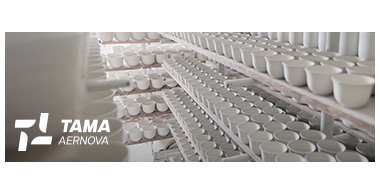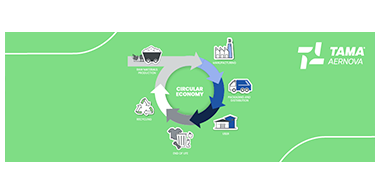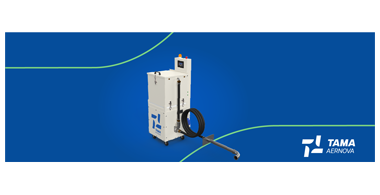
Inertisation: a way to limit riskes in alluminium processing
Many scenarios in the industrial and manufacturing sectors are characterised by processes that generate fine airborne dust and volatile pollutants. Thermal cutting is one such activity that merits particular attention in this regard. Although in fact laser technology has innumerable advantages linked to its ability to guarantee rapid, precise and automatable operations, it potentially involves the significant dispersion of harmful particles into the atmosphere.
In addition to being used as a technique for marking, engraving and welding surfaces, lasers have become crucial in all those areas involving the cutting and processing of metals and plastic polymers. Depending on their composition, thickness and grain size, these materials require specific cutting methods - for combustion, melting, or sublimation. In all three cases, the cutting process is triggered and maintained by the energy of the laser itself - a beam of photons that selectively strikes an area, generating such a quantity of heat that it is effective even on high-strength materials. In relation to the method adopted, the concentration, type and granulometry of the fine dust generated change; this issue must absolutely be kept under control, using appropriate systems.
Working environments in which thermal cutting is crucial for the production process (e.g. industries related to the iron and steel, construction, transport and medical sectors; workshops and metalworking companies) may present significant hazards that have to be assessed in terms of risk analysis and characterisation, in order to define the minimum basic level of safety and implement accident prevention.
In fact, these sectors are particularly exposed to the risk of fire and explosions, as many of the processes carried out produce dust that is highly reactive to oxygen in the air. These characteristics determine the fire load and explosive potential of particles and lead to the need to classify the risk areas within the production plant, as per the indications contained in the Atex Directive 1999/92/EC, to protect the health and safety of workers exposed to the risk of explosive atmospheres.
Aluminium, in particular, is a metal that presents further criticalities when it occurs in the form of small particles, usually less than 500 µm in size: for the same overall mass, the smaller the particle size, the greater is the contact surface area affected by surface oxidation. The presence of an ignition source, therefore, can cause a highly exothermic oxidation reaction with a rapid increase in pressure if the event takes place within a closed volume such as that of a filter unit, leading to stresses on its structure that can be untenable.
This risk situation, which commonly occurs within filter units handling aluminium dust from thermal cutting, can be mitigated by an inertisation process. Lime is an inert material and its periodic insufflation into the extraction system can help to reduce the risk of fire and explosion. By mixing with combustible dust, in fact, it reduces the surface in contact with the oxygen in the air and inhibits the formation of potentially explosive atmospheres. Lime dispensing does not rule out the adoption of explosion protection systems altogether, but in some cases, it allows their size and relative purchase costs to be cut and reduces the probability of intervention and the consequent restoration costs when installed.

TAMA AERNOVA'S PLUG&PLAY SOLUTIONS FOR ALUMINIUM DUST SUPPRESSION
TAMA AERNOVA has expanded its product line with a newly developed lime dosing system, adding lime dispensing to the line of filter units dedicated to thermal cutting and integrating it into the operating logic of the system, both from the electrical-aeraulic point of view and for safety reasons.
It is not only the product itself, but also the design that makes the difference and ensures the best solutions for the companies that turn to TAMA AERNOVA; as in the recent case of a major Italian OEM, which chose it as a partner to equip its laser cutting systems with an extraction system for a company specialised in metalworking. The specific request in this case was for a system to extract and filter fumes generated by aluminium processing.
The proposed solution involved the installation of the OPF-R horizontal cartridge filter with the integration of the new TAMA AERNOVA lime dosing system. The lime dosing system works in accordance with the presence of suction and regulates the insufflation of CA(OH)2 hydrated lime into the filter, with the aim of inertising the metal particles dispersed in the aeriform flow. Although it is not possible to circumvent the obligation to equip oneself with specific systems for ATEX classified areas, according to the ATEX Directive 2014/34/EU, if required by the risk assessment, periodic lime insufflation considerably reduces the risk of fire and explosion.
When work activities require adequate protection systems against the risk of fire and explosion, TAMA AERNOVA, with a few design expedients introduced by its research and development team, is able to propose and combine adequate prevention and protection measures, putting its expertise at the service of industry.




Comments